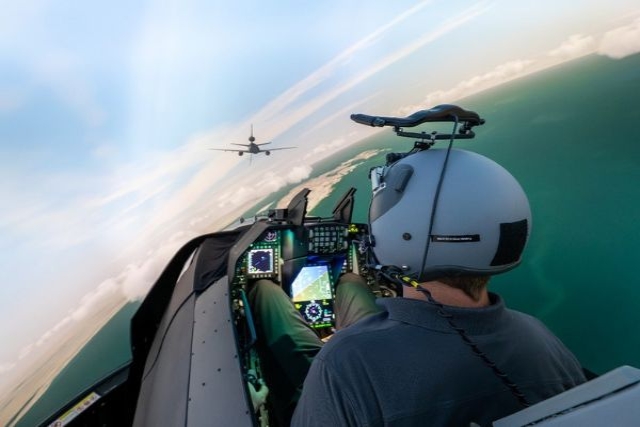Robotic Landing Gear To Help Helicopters Land On Irregular Surfaces

The US Defence Advanced Research Products Agency (DARPA) has conducted an experimental demonstration of a novel robotic landing gear system which will help Helicopters land an take off from angled, irregular and moving surfaces.
The adaptive system replaces standard landing gear with four articulated, jointed legs that are able to fold up next to the helicopter’s fuselage while in flight and are equipped with force-sensitive contact sensors in their feet.
During landing, each leg extends and uses its sensors to determine in real time the appropriate angle to assume to ensure that the helicopter stays level and minimize any risk of the rotor touching the landing area.
“The equipment mounted on an otherwise unmodified, unmanned helicopter demonstrated the ability to land and take off from terrain that would be impossible to operate from with standard landing gear,” said Ashish Bagai, DARPA program manager.
Along with comprehensive dynamic simulation and structural analyses, the demonstration flight—conducted near Atlanta—indicated numerous potential benefits, Bagai said, including: Reduced risk of damage during hard landings, by as much as a factor of five, compared to conventional landing gear.
Stable landing and take-off on sloping terrain of up to 20 degrees, more than twice current limits, and on craggy, boulder-strewn or otherwise irregular terrain. Ship landings in violent sea states
The robotic landing gear system was developed with funding from DARPA’s Mission Adaptive Rotor (MAR) program, and is now undergoing continued development by the Georgia Institute of Technology.










